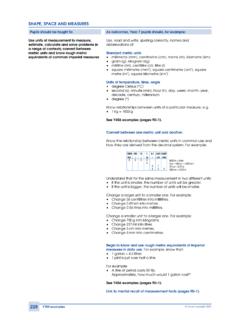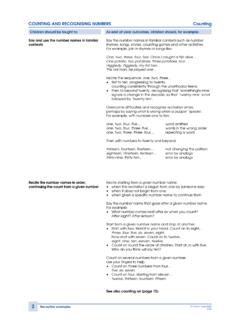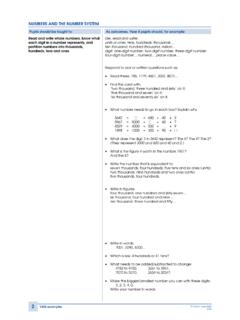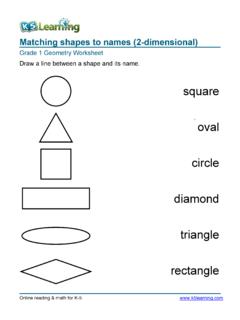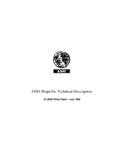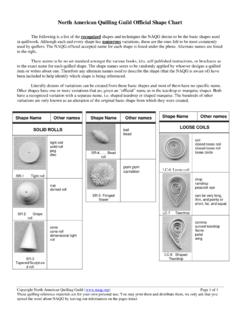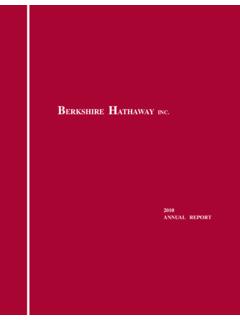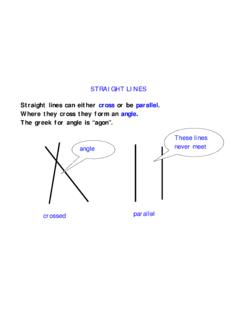Transcription of KS3 178-201 Shape 1 - Count On
1 Shape , SPACE AND MEASURES. Pupils should be taught to: As outcomes, Year 7 pupils should, for example: Use accurately the vocabulary, notation Use, read and write, spelling correctly: and labelling conventions for lines, angles line segment, line parallel, perpendicular plane . and shapes; distinguish between horizontal, vertical, diagonal adjacent, opposite . conventions, facts, definitions and derived point, intersect, intersection vertex, vertices side . properties angle, degree ( ) acute, obtuse, reflex . vertically opposite angles base angles . Use accurately the notation and labelling conventions for lines, angles and shapes. Understand that a straight line can be considered to have infinite length and no measureable width, and that a line segment is of finite length, line segment AB has end-points A and B. A B. Know that: Two straight lines in a plane (a flat surface) can cross once or are parallel; if they cross, they are said to intersect, and the point at which they cross is an intersection.
2 When two line segments meet at a point, the angle formed is the measure of rotation of one of the line segments to the other. The angle can be described as DEF or D F or E. D. E F. A polygon is a 2-D or plane Shape constructed from line segments enclosing a region. The line segments are called sides; the end points are called vertices. The polygon is named according to the number of its sides, vertices or angles: triangle, quadrilateral, pentagon . Know the labelling convention for: triangles capital letters for the A. vertices (going round in order, c clockwise or anticlockwise) b B. and corresponding lower-case letters for each opposite side, a C. the triangle then being described as ABC;. equal sides and parallel sides in diagrams. A. A B. B C D C. AB = AC AB is parallel to DC, or AB//DC. AD is parallel to BC, or AD//BC. 178 Y789 examples Crown copyright 2001.
3 Geometrical reasoning: lines, angles and shapes As outcomes, Year 8 pupils should, for example: As outcomes, Year 9 pupils should, for example: Use vocabulary from previous year and extend to: Use vocabulary from previous years and extend to: corresponding angles, alternate angles convention, definition, derived supplementary, complementary . interior angle, exterior angle equidistant . prove, proof . Continue to use accurately the notation and Distinguish between conventions, definitions and labelling conventions for lines, angles and shapes. derived properties. Know that DEF is an interior angle of DEF and that A convention is an agreed way of illustrating, GDF is an exterior angle of DEF. notating or describing a situation. Conventions are arbitrary alternatives could have been chosen. F Examples of geometrical conventions are: the ways in which letters are used to label the angles and sides of a polygon.
4 The use of arrows to show parallel lines;. the agreement that anticlockwise is taken as the E D G positive direction of rotation. A definition is a minimum set of conditions needed to Know that: specify a geometrical term, such as the name of a A pair of complementary angles have a sum of Shape or a transformation. Examples are: 90 . A polygon is a closed Shape with straight sides. A pair of supplementary angles have a sum of A square is a quadrilateral with all sides and all 180 . angles equal. A degree is a unit for measuring angles, in which one complete rotation is divided into 360. degrees. A reflection in 2-D is a transformation in which points (P) are mapped to images (P'), such that PP' is at right angles to a fixed line (called the mirror line, or line of reflection), and P and P' are equidistant from the line. A derived property is not essential to a definition, but consequent upon it.
5 Examples are: The angles of a triangle add up to 180 . A square has diagonals that are equal in length and that bisect each other at right angles. The opposite sides of a parallelogram are equal in length. Points on a mirror line reflect on to themselves. Distinguish between a practical demonstration and a proof. For example, appreciate that the angle sum property of a triangle can be demonstrated practically by folding the corners of a triangular sheet of paper to a common point on the base and observing the result. A proof requires deductive argument, based on properties of angles and parallels, that is valid for all triangles. Crown copyright 2001 Y789 examples 179. Shape , SPACE AND MEASURES. Pupils should be taught to: As outcomes, Year 7 pupils should, for example: Identify properties of angles and parallel Identify parallel and perpendicular lines.
6 And perpendicular lines, and use these properties to solve problems Recognise parallel and perpendicular lines in the environment, and in 2-D and 3-D shapes: for example, rail tracks, side edges of doors, ruled lines on a page, double yellow lines . Use dynamic geometry software, acetate overlays or film to explore and explain relationships between parallel and intersecting lines, such as: parallel lines, which are always equidistant;. perpendicular lines, which intersect at right angles;. lines which intersect at different angles. For example, as one line rotates about the point of intersection, explain how the angles at the point of intersection are related. Use ruler and set square to draw parallel and perpendicular lines. Link with constructions (page 220 3). 180 Y789 examples Crown copyright 2001. Geometrical reasoning: lines, angles and shapes As outcomes, Year 8 pupils should, for example: As outcomes, Year 9 pupils should, for example: Identify alternate and corresponding angles.
7 Use dynamic geometry software or acetate overlays to explore and explain relationships between lines in the plane, such as: three lines that intersect in one point;. f e a d b c a + b + c = 180 . a = d, b = e, c = f given two intersecting lines and a third that moves but remains parallel to one of them, explain which angles remain equal;. two pairs of parallel lines, forming a parallelogram. Understand and use the terms corresponding angles and alternate angles. a c a c corresponding angles alternate angles Use alternate angles to prove that opposite angles of a parallelogram are equal: a=b a b Crown copyright 2001 Y789 examples 181. Shape , SPACE AND MEASURES. Pupils should be taught to: As outcomes, Year 7 pupils should, for example: Identify properties of angles and parallel Know the sum of angles at a point, on a straight line and in a and perpendicular lines, and use these triangle, and recognise vertically opposite angles and angles properties to solve problems (continued) on a straight line.
8 A b b a x y x + y = 180 . vertically opposite angles angles on a straight line Link with rotation (pages 208 12). Recognise from practical work such as measuring and paper folding that the three angles of a triangle add up to 180 . Given sufficient information, calculate: angles in a straight line and at a point;. the third angle of a triangle;. the base angles of an isosceles triangle. For example: 215 . Calculate the angles marked by letters. x x 182 Y789 examples Crown copyright 2001. Geometrical reasoning: lines, angles and shapes As outcomes, Year 8 pupils should, for example: As outcomes, Year 9 pupils should, for example: Understand a proof that the sum of the angles of a Explain how to find, calculate and use properties of triangle is 180 and of a quadrilateral is 360 , and that the interior and exterior angles of regular and the exterior angle of a triangle equals the sum of the irregular polygons.
9 Two interior opposite angles. Consider relationships between three lines meeting Explain how to find the interior angle sum and the at a point and a fourth line parallel to one of them. exterior angle sum in (irregular) quadrilaterals, pentagons and hexagons. For example: A polygon with n sides can be split into n 2. triangles, each with an angle sum of 180 . Use dynamic geometry software to construct a triangle with a line through one vertex parallel to the opposite side. Observe the angles as the triangle is So the interior angle sum is (n 2) 180 , giving changed by dragging any of its vertices. 360 for a quadrilateral, 540 for a pentagon and 720 for a hexagon. At each vertex, the sum of the interior and exterior angles is 180 . For n vertices, the sum of n interior and n exterior angles is n 180 . But the sum of the interior angles is (n 2) 180 , Use this construction, or a similar one, to explain using so the sum of the exterior angles is always diagrams a proof that the sum of the three angles of 2 180 = 360.
10 A triangle is 180 . Use the angle sum of a triangle a Find, calculate and use the interior and exterior to prove that the angle sum of angles of a regular polygon with n sides. c a quadrilateral is 360 . b For example: e d (a + b + c) + (d + e + f ) The interior angle sum S for a polygon with n sides = 180 + 180 = 360 f is S = (n 2) 180 . In a regular polygon all the angles are equal, so each interior angle equals S divided by n. Explain a proof that the exterior angle of a triangle Since the interior and exterior angles are on a equals the sum of the two interior opposite angles, straight line, the exterior angle can be found by using this or another construction. subtracting the interior angle from 180 . X From experience of using Logo, explain how a complete traverse of X the sides of a polygon involves a total turn of 360 . and why this is equal to the Given sufficient information, calculate: sum of the exterior angles.
